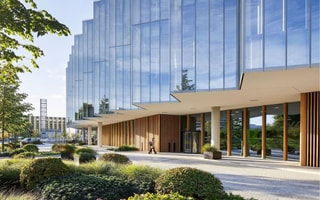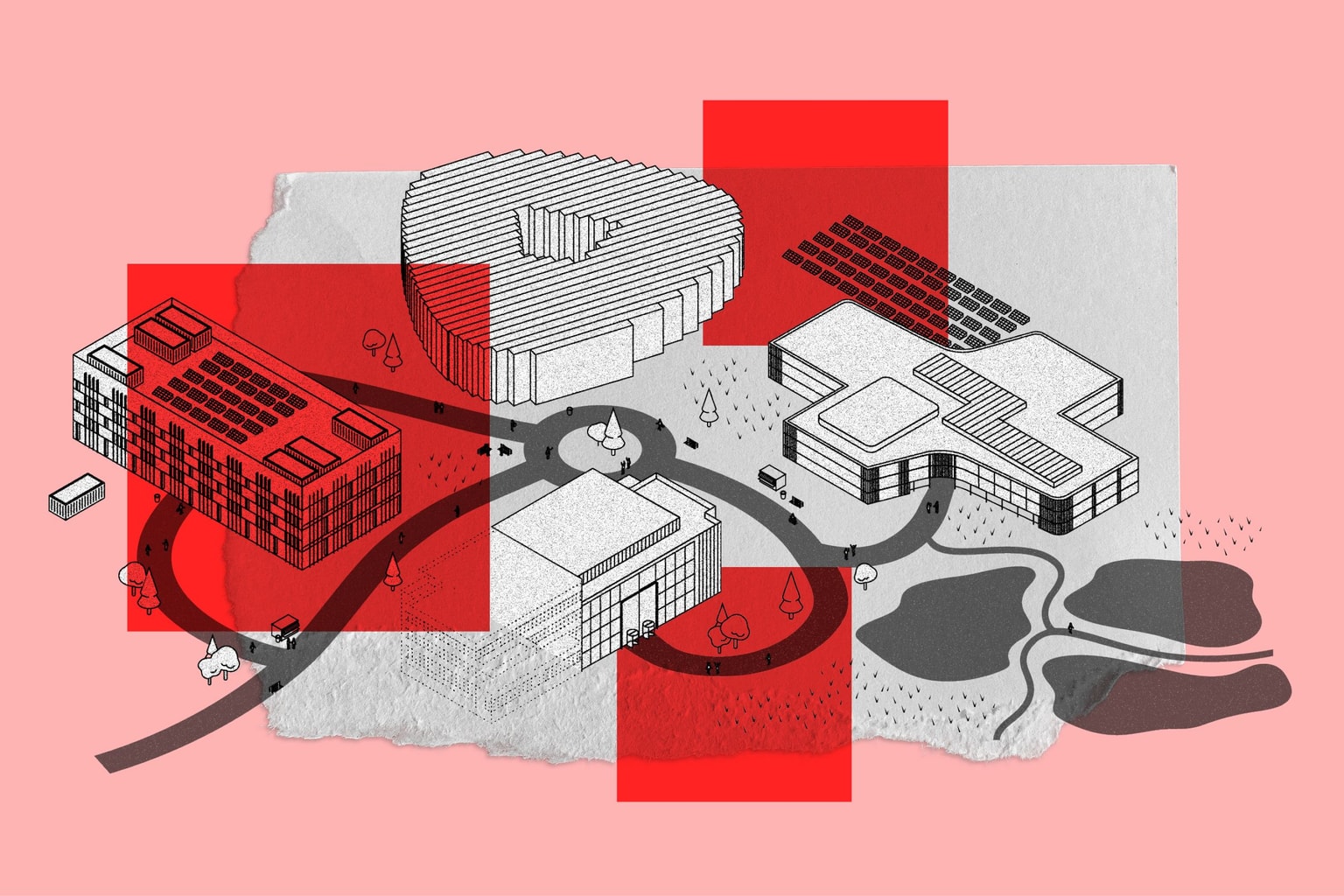
Future scitech ecosystems
Clare Reinhold explains how the changing landscape of science and technology clusters is creating new city-scale ecosystems for research and discovery.


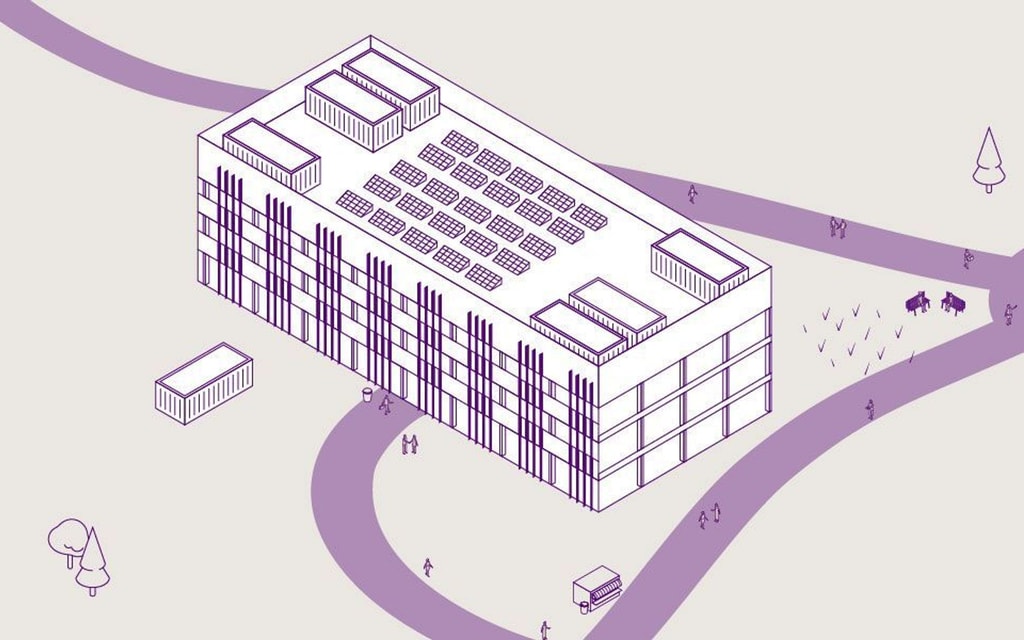
With a booming life sciences industry leading the way, investment in R&D infrastructure is delivering positive socio-economic benefits to the UK. Fresh investment into the sector boosts social mobility by attracting talent and fostering cultural changes in various regions. And, as a result, these regions are becoming hubs of activity, creativity, and modern discovery. To make the most of the latest funding, we should view science and technology innovation hubs as exemplars of city development that integrates science, health, technology, culture, and education.
But questions remain. Given that innovation thrives on unexpected collaboration, how can we maximise potential connections between the arts and science sectors to stimulate invention, rooted in local expertise? How can we celebrate talent and differentiate science and tech clusters to create unique melting pots? This will not happen through siloed opportunities in isolated areas but through a connected strategy that weaves funding into a broader picture of growth.
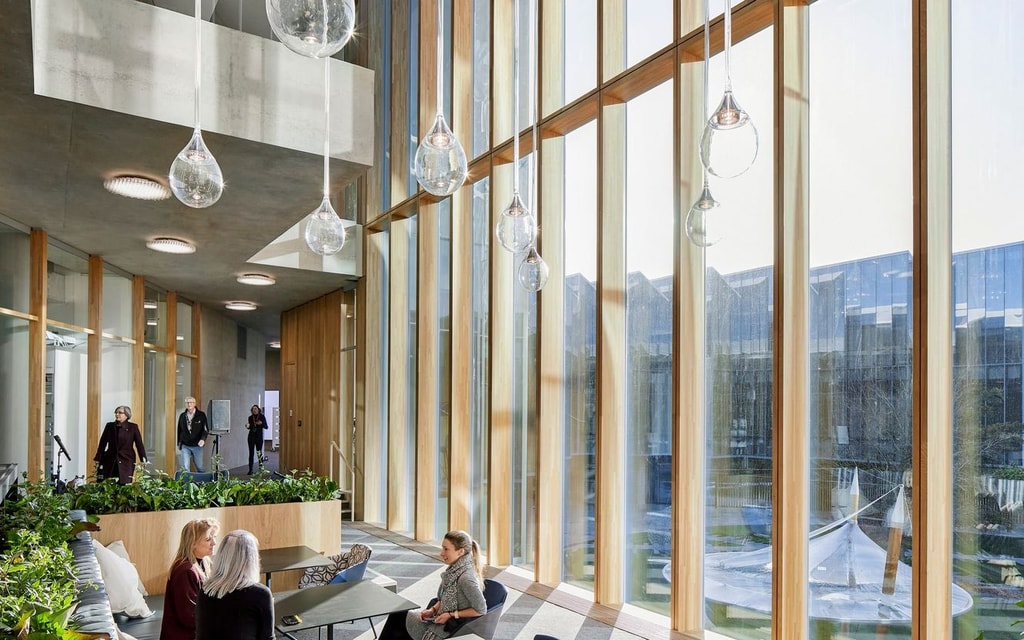
Good design, placemaking, and planning will be crucial. By setting out a clear and flexible plan that recognises the vital role of anchor institutions, we can provide stronger signals to investors and ensure high quality, sustainable development with good public realm, green infrastructure, and impactful buildings.
We must also address and analyse the opportunity to link innovation assets in major cities. We need a shared vision that connects talent across the UK, from the Northern square of Leeds, Manchester, Liverpool, and Sheffield to the golden triangle of London, Cambridge, and Oxford. This also requires improved transport infrastructure, so there is much to be done.
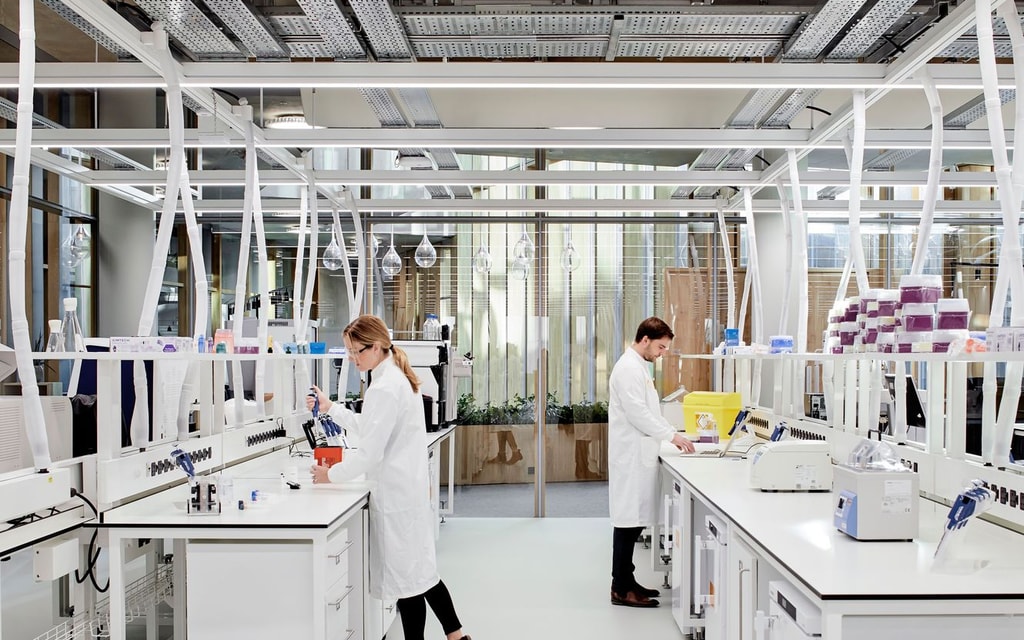
Typically, innovation clusters have developed around a 'triple helix' model, an interactive ecosystem of government, academia, and industry. As we stretch the funding and the opportunities for growth, this model is now expanding to embrace wider societal and environmental benefits. Educational and research institutions, hospitals, start-ups, government institutions, and private investors function collectively to foster scientific advances and generate innovation.
And with expanded reach, comes the need for innovation clusters to also be inclusive, diverse and healthy, but rooted in regional identity. As designers, we have the power and responsibility to always make things better – and that means better for everyone. Leveraging the overlap between culture, creativity, and innovation will ensure that these clusters are visible and accessible to all. And we know that a mix of core and supporting uses with input from anchor institutions and small to medium enterprises, can create environments where ideas can thrive.
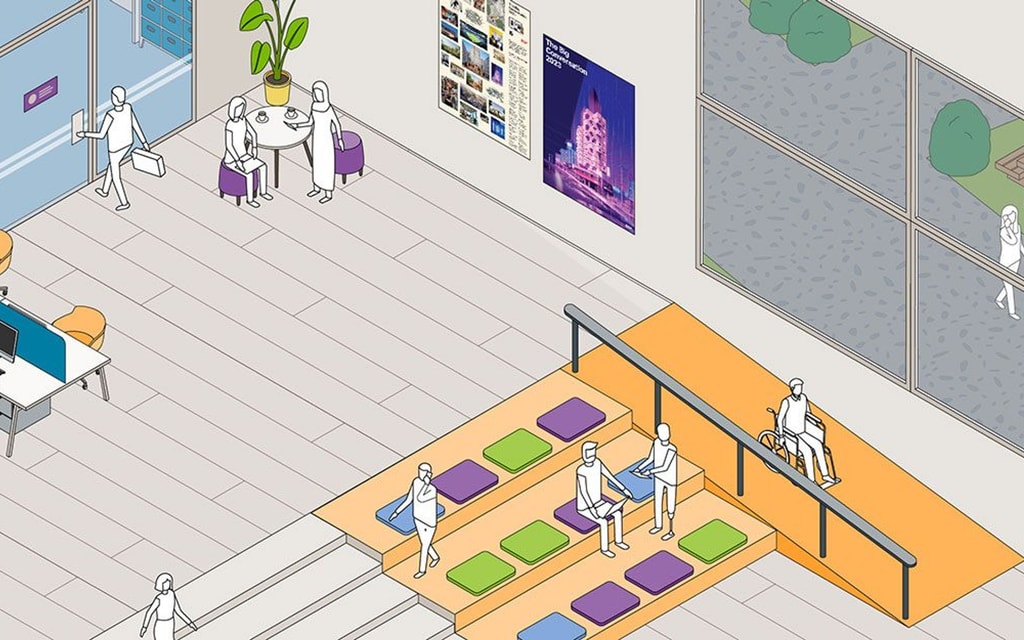
This year, our team of built environment SciTech experts has explored sustainable solutions for curating spaces for science that respond to high demand while meeting the facility needs of multiple occupiers. They have pushed boundaries and challenged assumptions to reveal energy efficient, flexible laboratory designs for various scenarios that inspire, engage, and adapt to the rapid pace of change in science, research, and technology.
For example, we know that SME SciTech businesses and innovation start-ups are increasingly setting up within city-scale science ecosystems to take advantage of information and data from larger enterprises in their proximity. But as demand for lab and office space currently outweighs supply, a lack of specialised, multifunctioning buildings limits options for start-ups. So we designed a capable and adaptable base build laboratory space that can act as the integrated base structure on which to dock modular add-ons to accommodate diverse occupiers. Starting with an efficient grid, it demonstrates how the positioning of cores and careful zoning can ensure flexibility, enabling start-ups to scaleup and undertake more demanding science – in situ rather than relocate.
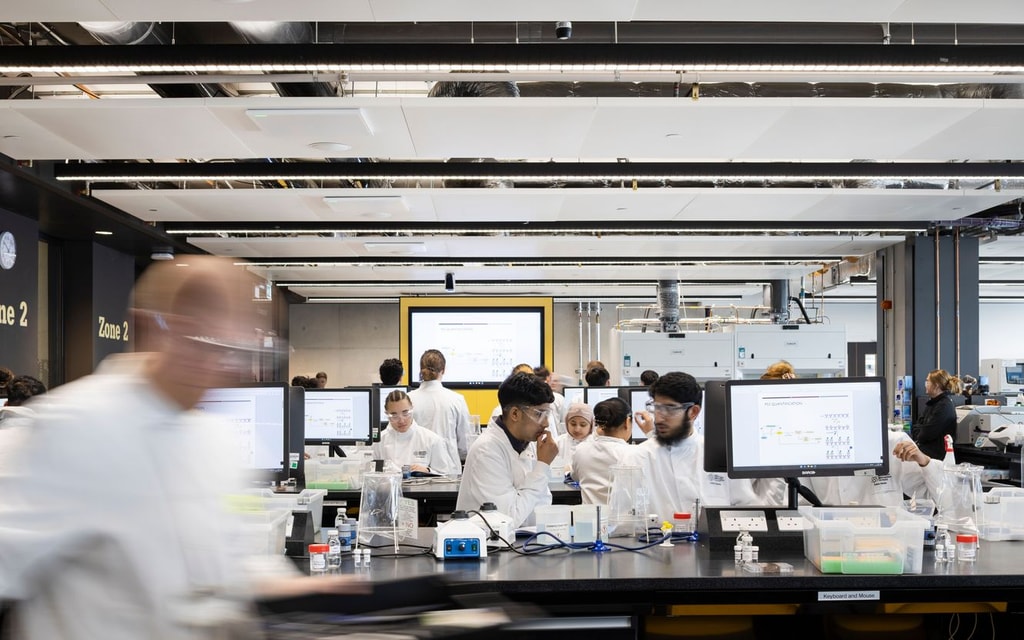
By utilising good design ideas, fostering collaboration, and integrating diverse elements, we can build thriving innovation clusters that drive scientific progress and support socio-economic development. As we approach 2025, these clusters will not only advance scientific discovery, increase the prosperity of the UK but they will also be a catalyst to more vibrant, inclusive communities that reflect the rich tapestry of our society.

Future Scitech Ecosystems
Related Links
AstraZeneca Discovery Centre
BDP was the lead consultant for AstraZeneca’s Discovery Centre (DISC), a state-of-the-art global R&D facility.
Science, Research & Technology
Our designs bring people and technology together to undertake fundamental research, reduce CO2 emissions and to teach the next generation.
